If you want to draw a mosquito, this guide is here to help.
In this tutorial, easydrawforkids.com will help you learn how to draw a mosquito step by step.
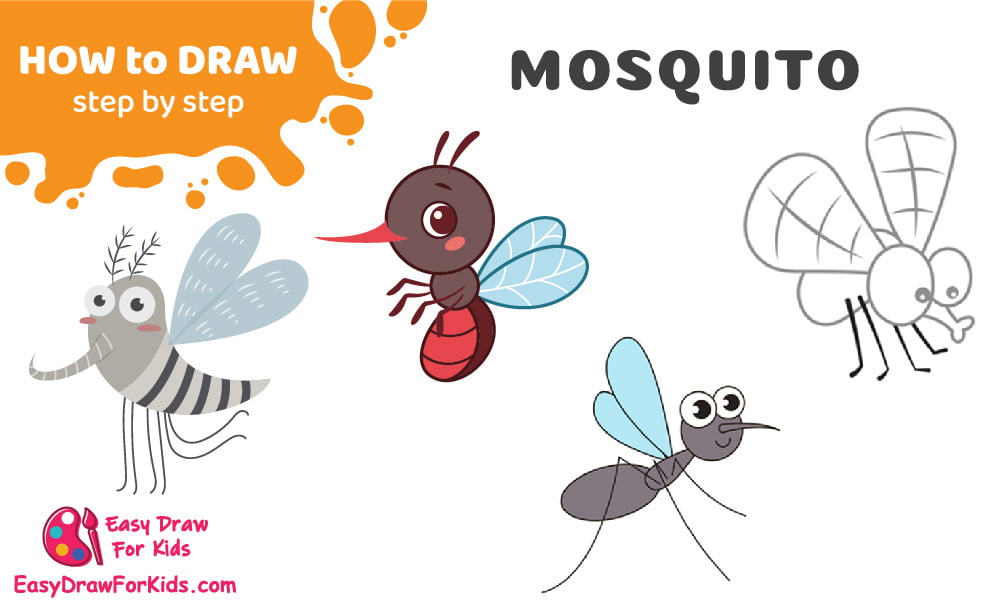
How To Draw A Mosquito – A Step By Step Guide
1. A Cartoon Mosquito
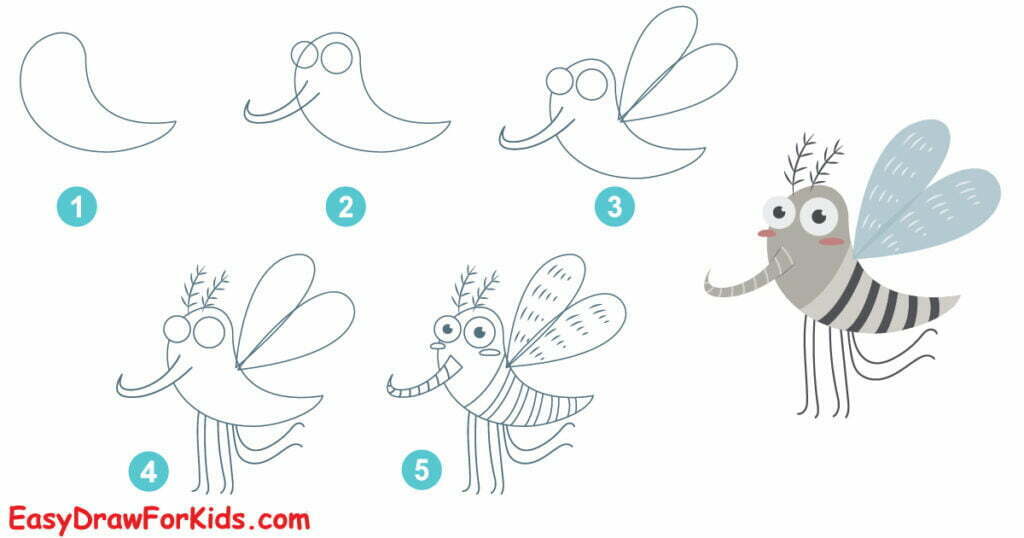
Step 1: Draw a long, narrow oval to form the head, thorax, and abdomen.

Step 2: Sketch the Eyes and Proboscis
Draw the mosquito’s large compound eyes on either side of the head
Under the eye, sketch a C-shaped line that extends forward to make the mosquito’s proboscis.

Step 3: Draw two oval shapes extend out from the thorax at roughly a 45 degree angle for the wings
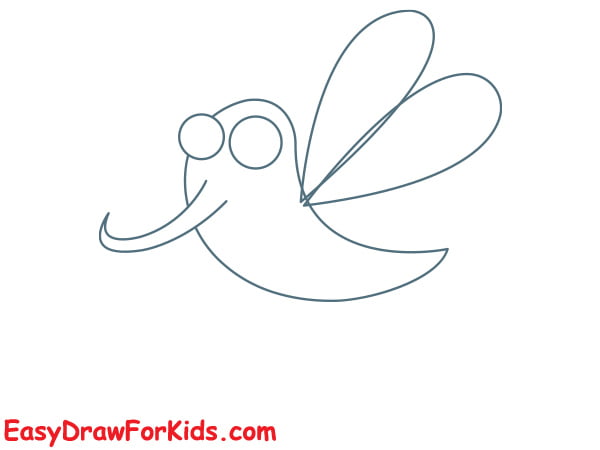
Step 4: Sketch the legs and antennae
Mosquitoes have six very long, slender legs attached to their thorax.
Up between the eyes, lightly draw two long, thin antennae sticking up from the head.
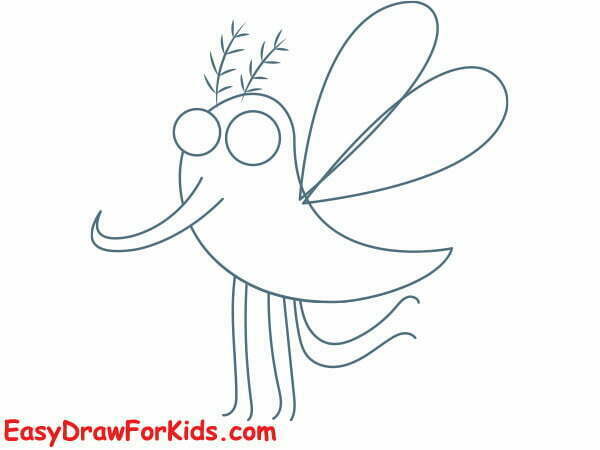
Step 5: Add details and textures to your mosquito.
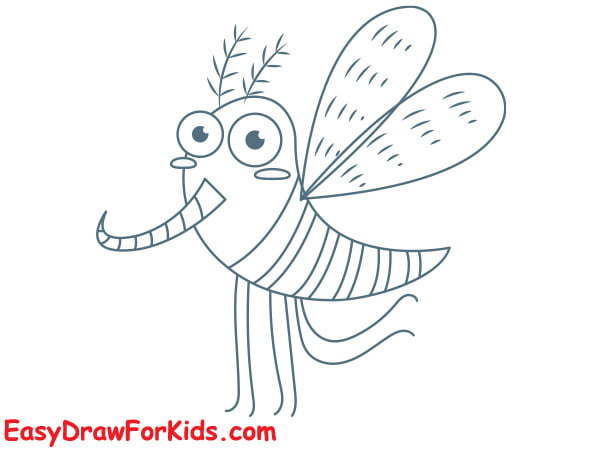
Step 6: Mosquitoes are typically gray or brown in color, but you can choose any color you like for your drawing.

>>>Read more: How To Draw A Fly – 4 Ways (With Pictures)
2. A Simple Mosquito
Step 1: Draw a circle for the head

Step 2: Draw two large circle for the eyes, small curved lines for the mouth

Step 3: Sketching the proboscis

Step 4: Draw two oval shape for the thorax and belly

Step 5: Draw the first wing
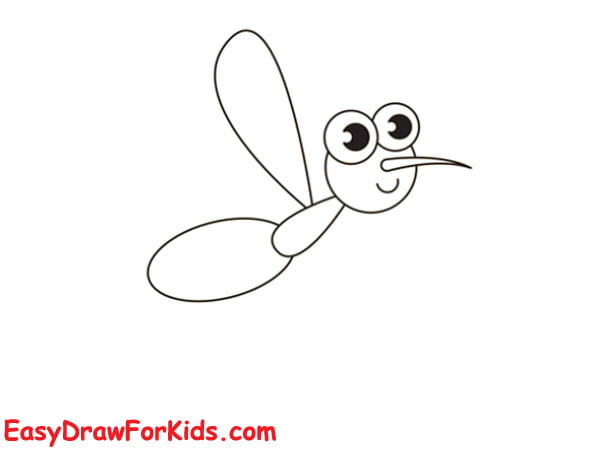
Step 6: In this step on guide how to draw a mosquito by draw other wing
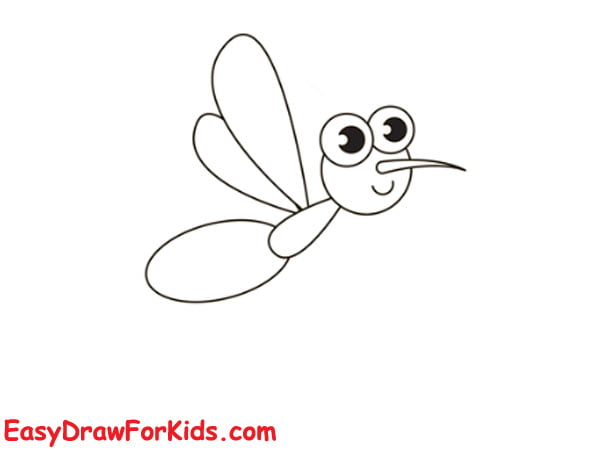
Step 7: Draw the long, thin legs
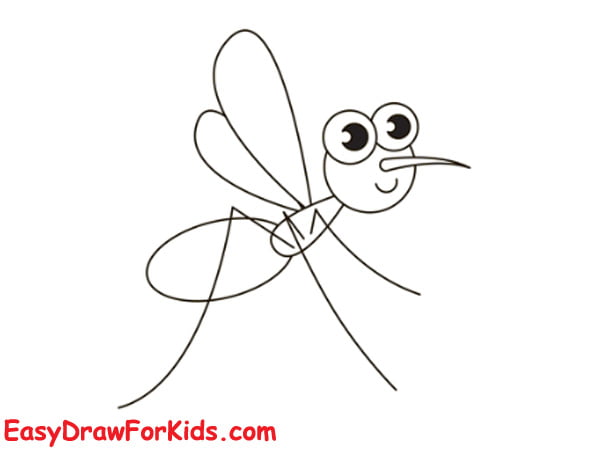
Step 8: Coloring your mosquito drawing
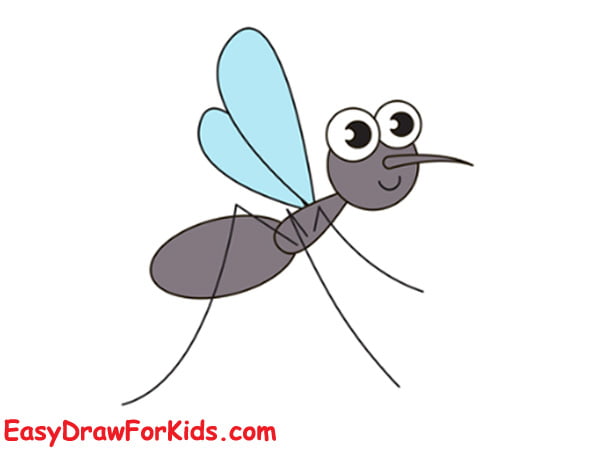
3. An Easy Mosquito
Step 1: The first step on guide how to draw a mosquito by drawing a head

Step 2: Inside the head, draw a large circle for the eye

Step 3: Draw the thorax below the head

Step 4: Draw the proboscis on the head and belly below the thorax.

Step 5: Draw two antennas extend out from the head and the first wing on the thorax

Step 6: Draw other wing

Step 7: Draw four legs by using long lines extend out from the thorax

Step 8: Color your mosquito drawing by your style
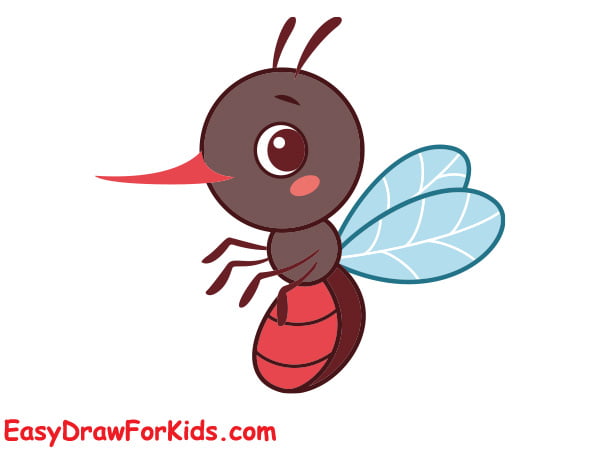
4. A Cute Mosquito
Step 1: Sketching two large oval shapes for the eyes

Step 2: Draw two small dot on each eyes for the pupils

Step 3: Draw a curved line to form the proboscis below the eyes

Step 4: Draw two wings extend out from the top of the eyes
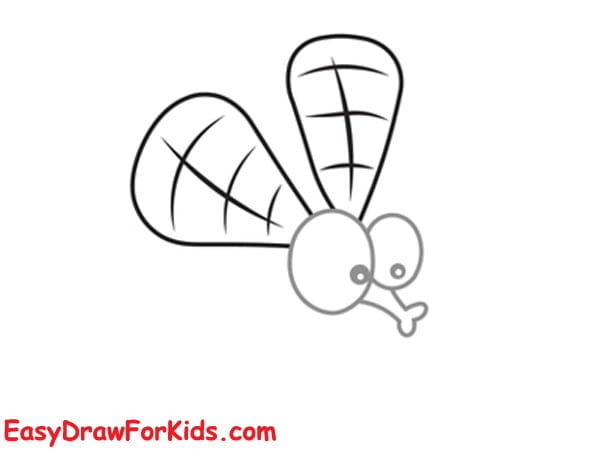
Step 5: Draw an oval shape below the wings for the body
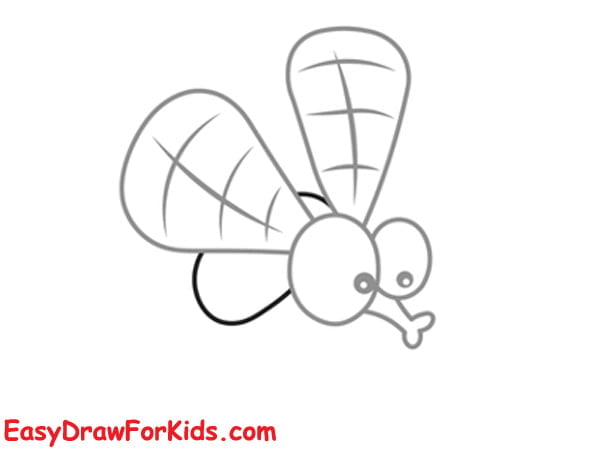
Step 6: Draw four legs extend out from the body
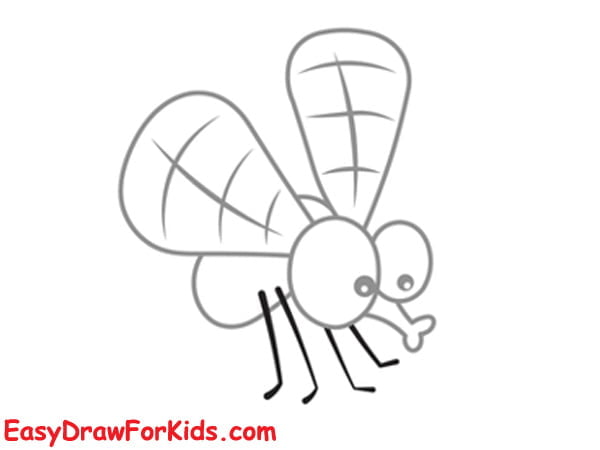
Well done! You have completed learned how to draw a mosquito.
By following this guide, you can draw a mosquito in no time.
Keep practicing, experimenting!






Its such as you read my thoughts! You seem to know a lot
about this, like you wrote the guide in it or something.
I feel that you just can do with a few percent to force the
message house a bit, but instead of that, that is excellent
blog. An excellent read. I’ll definitely be back.